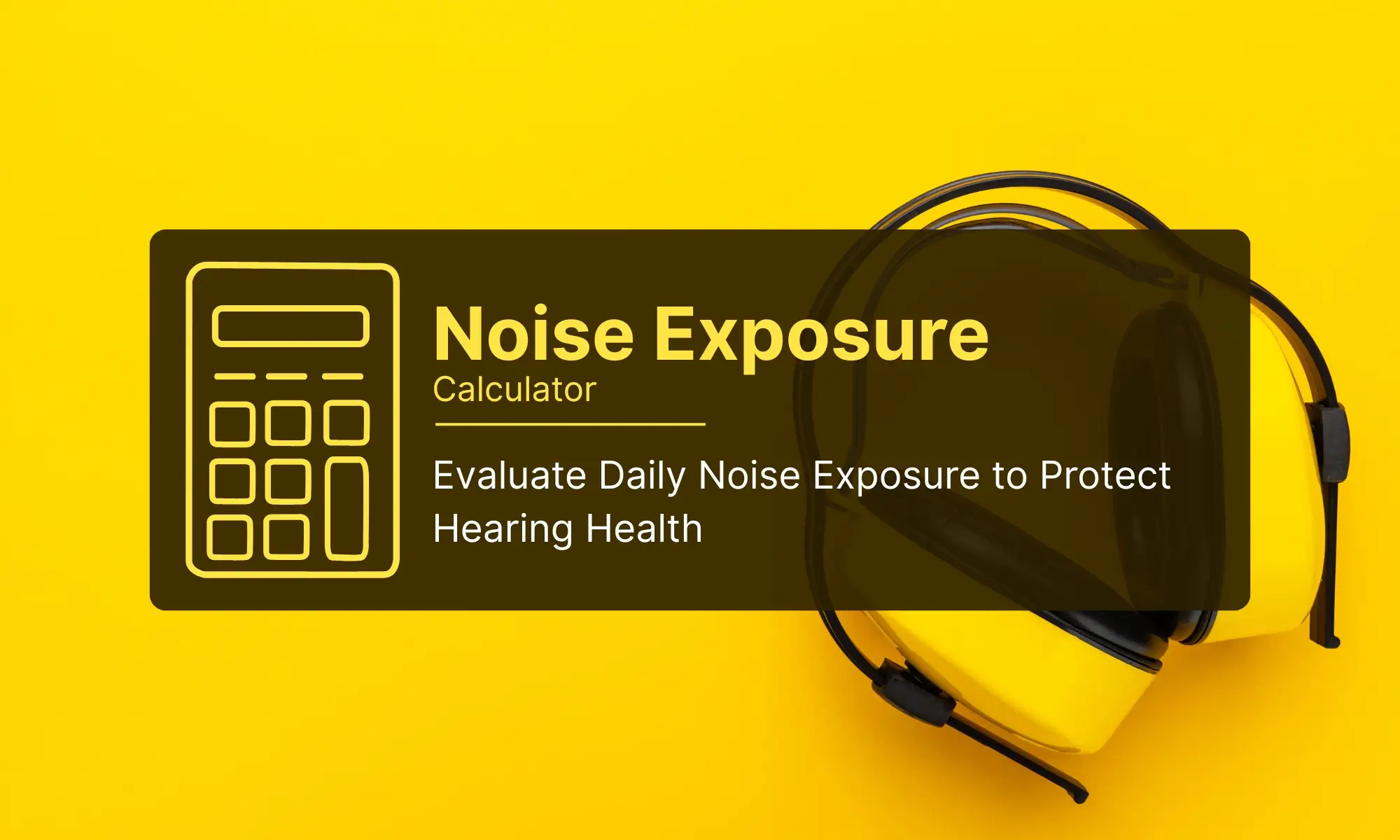Noise Exposure Calculator
What is Noise Exposure?
Noise exposure refers to the amount of sound energy a person is subjected to during a workday. Prolonged or excessive exposure to high noise levels can lead to noise-induced hearing loss (NIHL) and other health risks such as stress, fatigue, and reduced productivity.
The Noise Exposure Calculator helps determine whether an employee’s daily noise exposure exceeds recommended limits set by occupational safety agencies like OSHA and NIOSH.
Why Use a Noise Exposure Calculator?
This calculator is essential for:
- 🎧 Measuring time-weighted average (TWA) noise exposure
- 🔊 Determining daily noise dose percentage (%)
- 🧾 Ensuring compliance with regulatory standards
- 📉 Reducing long-term health risks
- 🛠️ Designing effective hearing conservation programs
How to Control Noise Exposure
To reduce harmful noise exposure:
- Use engineering controls (e.g. enclosures, barriers)
- Provide hearing protection (e.g. earplugs, earmuffs)
- Rotate tasks to limit exposure time
- Conduct regular noise assessments
- Implement a hearing conservation program
Key Concepts in Noise Exposure
- Decibel Level (dB): A unit that measures sound intensity. Higher decibels = louder noise.
- Exposure Duration: The amount of time a worker is exposed to a specific noise level.
- Permissible Exposure Limit (PEL): The maximum allowed noise level over an 8-hour shift (typically 90 dB for OSHA).
- Dose (%): The percentage of the allowable noise dose a worker receives during a shift.
- Time-Weighted Average (TWA): An average noise level over a workday, adjusted for duration.

